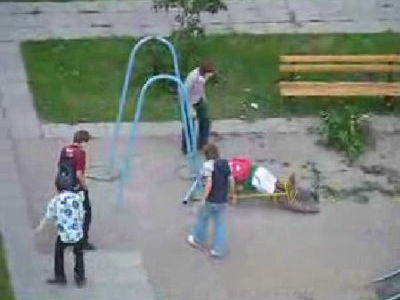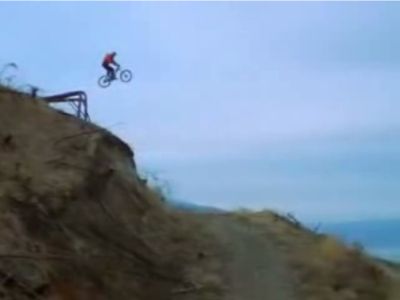Children grow through dangerous play outdoors, and the key is to properly support adults and strike a good balance between injury prevention and play.

Children often engage in ``dangerous play'' outdoors, such as ``climbing high places'' and ``cycling at high speeds,'' but in recent years, children have been Opportunities to play freely outdoors are disappearing. But researchers at the Canadian Pediatric Society (CPS) are looking to develop children's mental, social and emotional well-being while preventing common health problems like obesity, anxiety and behavioral problems. We have released a statement encouraging play.
Healthy childhood development through outdoor risky play: Navigating the balance with injury prevention | Canadian Paediatric Society

The importance of risky play for childhood development
Below are the categories and examples of 'dangerous play' that CPS envisions. CPS defines 'dangerous play' primarily as thrilling, stimulating, free play forms that involve uncertainty of outcome and the possibility of physical injury.
| play category | example |
| playing at heights | Climb to heights, jump from heights, balance at heights |
| play with speed | Speed up on a bicycle, slide down a sled |
| play with tools | Use of axes, saws, knives, hammers, ropes, etc. |
| Potentially dangerous play | play near fire and water |
| rough play | Wrestling, martial arts, fencing with sticks |
| Plays where there is a risk of getting lost or missing | Explore your neighborhood or forest without adult supervision |
| Shocking play | bumping into something or someone repeatedly |
| vicarious play | Get the thrill of watching other children play dangerous games |
These 'dangerous plays' are very important because they provide play opportunities that enhance children's imaginations in outdoor environments that include natural materials such as gravel, sand, and branches. However, Suzanne Beno, Chair of CPS's Injury Prevention Committee, points out, ``When creating opportunities for dangerous play, we need to be mindful of the difference between ``risk'' and ``hazard.''
According to Beno, 'risk' is a situation in which children themselves can evaluate the task and decide on a course of action based on their own cognitive abilities, such as 'how fast can I run down a slope?' On the other hand, ``hazards'' are situations where the possibility of injury is beyond a child's cognitive ability, such as ``a slide that can topple under a child's weight'' or ``a rotten tree that can easily break.''
Beno argues that children can develop their own risk management strategies through risky play by appropriately presenting 'risks' to children while also reducing or eliminating 'hazards.' I am.

In fact, it has been
It has also been suggested that children who engage in risky play develop better social skills and a sense of belonging with their peers, as well as better communication skills with others in situations where they can test their limits. It has been reported that this may increase the ability to cooperate.
There are many benefits to risky play, but you need to strike the right balance between risk-taking and injury prevention. Injuries from dangerous play are often minor, such as scrapes and sprains, but it is important to consider each child's age, ability, and comfort level to eliminate risks and allow children to make decisions about their own play style. is important.
Therefore, adults should take safety measures for children, such as ``encouraging children to wear a helmet when riding a bicycle,'' ``keeping an eye on children playing on the road,'' and ``not letting children play in areas that are not suitable for them.'' is required.

In addition, when parents repeatedly ask their children words such as ``be careful'' and ``are you okay?'' they make the child feel like ``they don't trust you'' or ``they don't think you can do it,'' and they can't play. It is said that this will cause them to lose their positivity towards Some experts therefore
Appropriate parental intervention can increase awareness of the child's situation and behavior and help the child overcome difficulties and solve problems.
SickKids, an international media outlet, says, ``To encourage risky play, adults need to create a safe and supportive environment in which children are allowed to take risks. 'By taking a balanced approach to keeping children as safe as they need to be, we can help create healthy and active lifestyles for children.'

Related Posts:
in Science, Posted by log1r_ut







